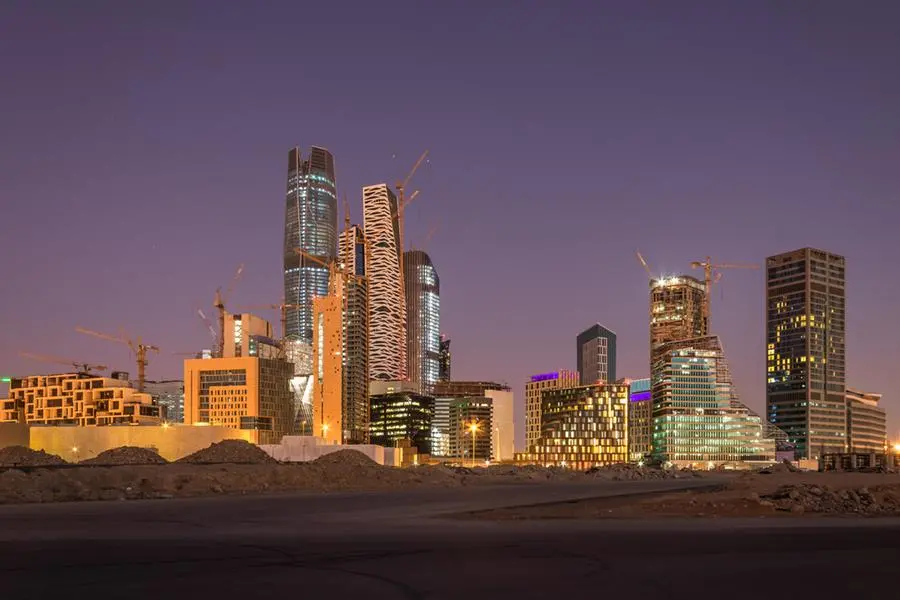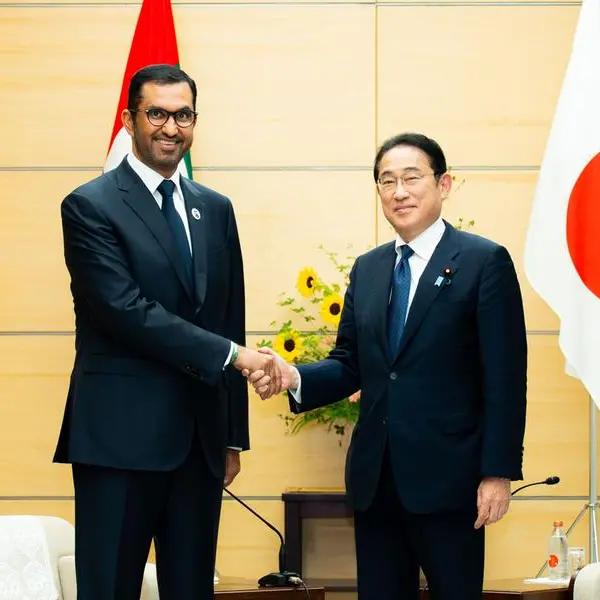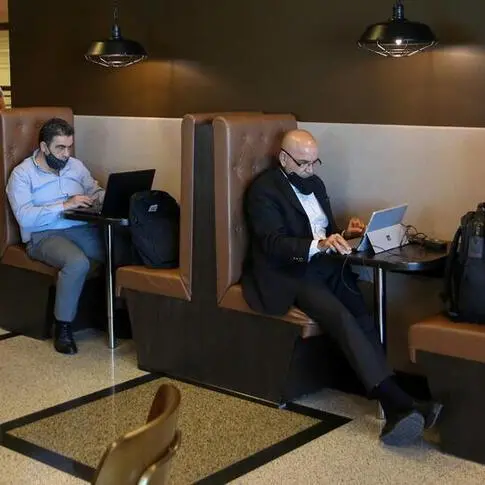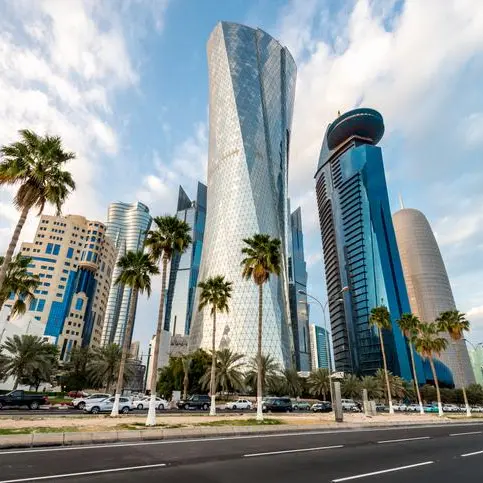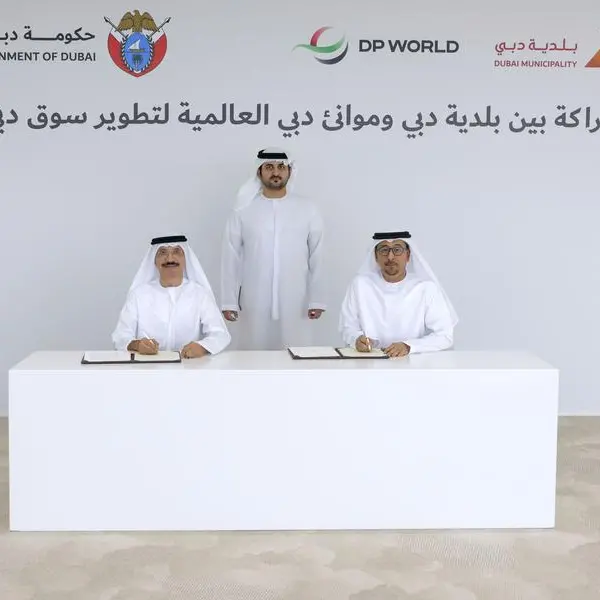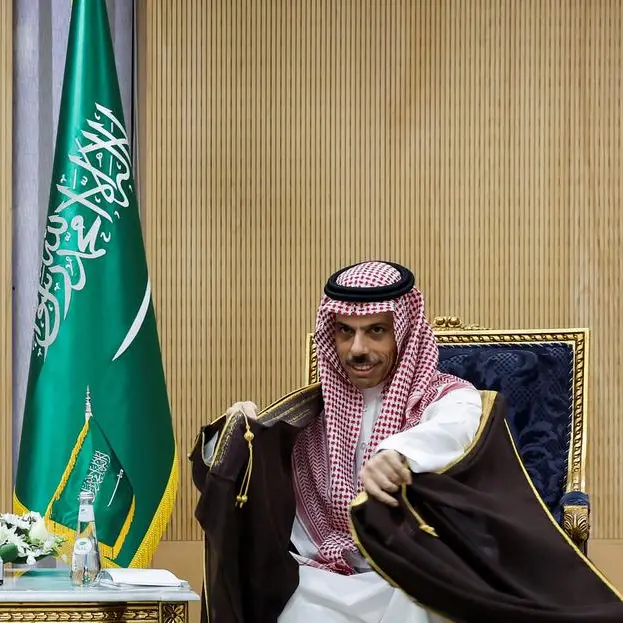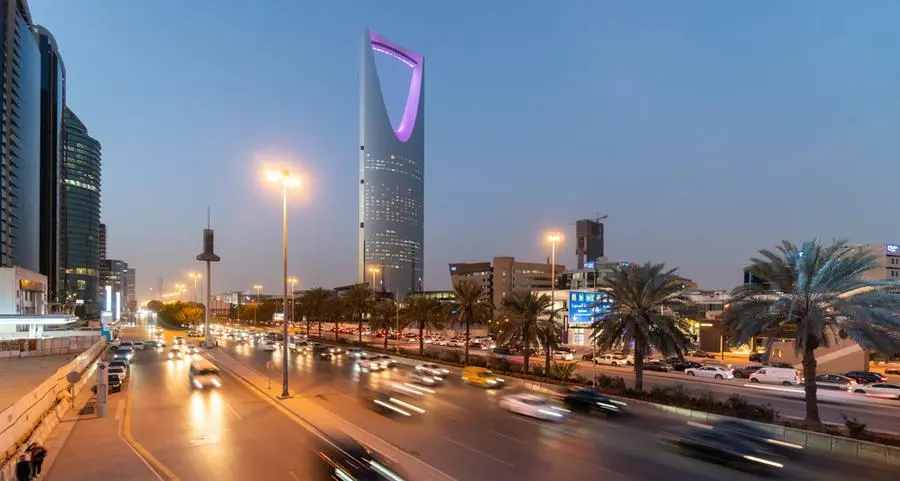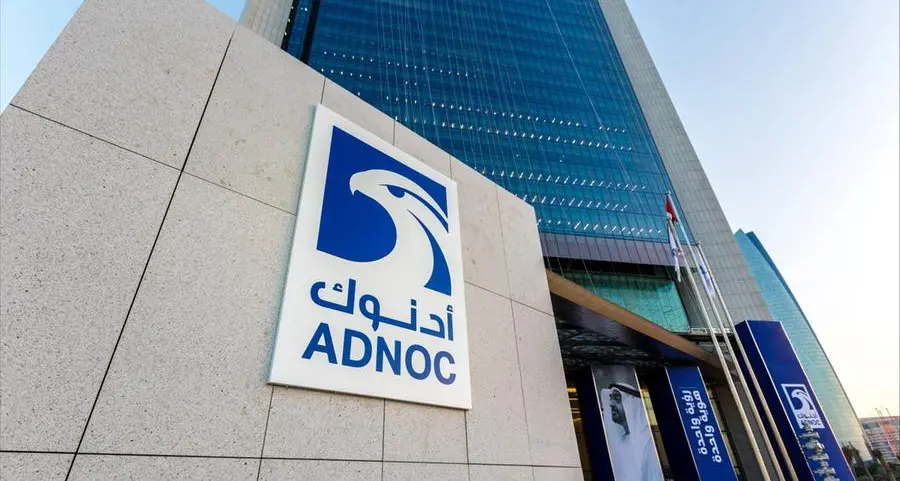PHOTO
Narrowing the GDP per capita gap between major urban hubs and regional territories by only 10% could potentially inject SR27 billion ($7.2 billion) into Saudi Arabia’s GDP annually.
This is according to global management consulting firm Arthur D Little (ADL), which analyses the significant role of regional development in realising Saudi Arabia’s Vision 2030 goal of becoming one of the world’s 15 largest economies.
In its latest viewpoint, ADL says KSA’s regions offer tremendous potential to support GDP growth. While established metropolitan centres like Riyadh, Dammam, and Jeddah boast an average GDP per capita of around SR107,000, regional areas such as Aseer and Al-Qaseem hover closer to SR73,000.
Crucial strategic move
Eddy Ghanem, Partner at Arthur D Little Middle East, states: “Developing Saudi Arabia's regional economies is a crucial strategic move with far-reaching economic implications. By strategically tapping into the potential of areas beyond major cities, the kingdom paves the way for inclusive growth and gains momentum to become one of the world’s 15 largest economies.”
Learning from ongoing collaboration with the Kingdom’s regions and from global benchmarking such as Brazil’s Growth Acceleration Program (PAC) and Spain’s regional development trajectory, the report outlines a success framework, pinpointing five foundational pillars pivotal for advancing regional development.
Visionary strategy
These pillars include setting a visionary strategy, creating robust governance structures, cultivating human capital, improving infrastructural, and attracting both public and private investment:
*Strategy: Harmonise regional strategies with national priorities, capitalise on local advantages, and prioritise sustainable development practices.
*Governance: Secure commitment from stakeholders, establish clear frameworks, and implement coordination mechanisms to ensure seamless collaboration.
*Human Capital: Invest in tailored development programs to equip the workforce with necessary skills, while fostering retention through appealing living conditions and incentives.
*Infrastructure: Adopt an integrated approach to infrastructure development, exploring diverse financing models to bridge regional disparities effectively.
*Investment: Facilitate private sector engagement through dedicated units, strategic promotion of opportunities, and comprehensive support services, while leveraging entities like the Public Investment Fund to stimulate growth.
Multifaceted approach
“Unlocking the potential of regional growth demands a multifaceted approach encompassing strategic vision, robust governance, human capital development, infrastructure enhancement, and investment attraction.” Tobias Aebi, Principal at Arthur D Little Middle East adds. “These pillars serve as the foundation for achieving Saudi Arabia's ambitious socioeconomic goals and propelling its regions toward global recognition.”
Incorporating these elements into regional development initiatives will not only propel Saudi Arabia toward its global economic aspirations in line with Saudi Vision 2030 but also unlock social potential across the kingdom’s regions.
Copyright 2024 Al Hilal Publishing and Marketing Group Provided by SyndiGate Media Inc. (Syndigate.info).
